Our chart shows the overall section width, the outside diameter, the sidewall height and the recommended rim width range.
If your car requires something unique, start with picking the tire for the end of the car that is the most difficult.
If you’ve mini-tubbed the rear for example, and are going to run a big tire with less brand/tread/size choices, start by figuring out that size and what your options are. Then see if the those tire manufacturers also make a matching tire for your front.
We’ve included the sidewall height of the tire as a quick way to make sure your front tire doesn’t have a taller sidewall than your rear tire when doing staggered sizes. That’s usually not a good look.
There is a recommended rim width range for any given tire size with the ideal width usually around the middle of that spread. Some things to consider are how much sidewall bulge you want to see and most importantly, how wheel width affects the tires ride, handling and wear characteristics.
For grip and even wear the wheel width needs to allow for a good contact patch where the tread meets the pavement.
A wider wheel tends to make the tire more responsive to steering inputs but also taken to extremes can make the ride harsh because the sidewall doesn’t flex as easily.
A narrower wheel can give up some of that responsive handling and will tend to give a softer ride because the sidewall has more curve that flexes more easily.
| Budnik Tire Chart | |||||
|---|---|---|---|---|---|
| SIZE | Overall Diameter | Overall (section) Width | Sidewall Height | Approx Rim Widths | Nitto Tires |
| 205/40-17 | 23.5 | 8.1 | 3.3 | 7.0-7.5 | NT01 |
| 205/45-17 | 24.3 | 8.1 | 3.6 | 7 | |
| 205/50-17 | 25.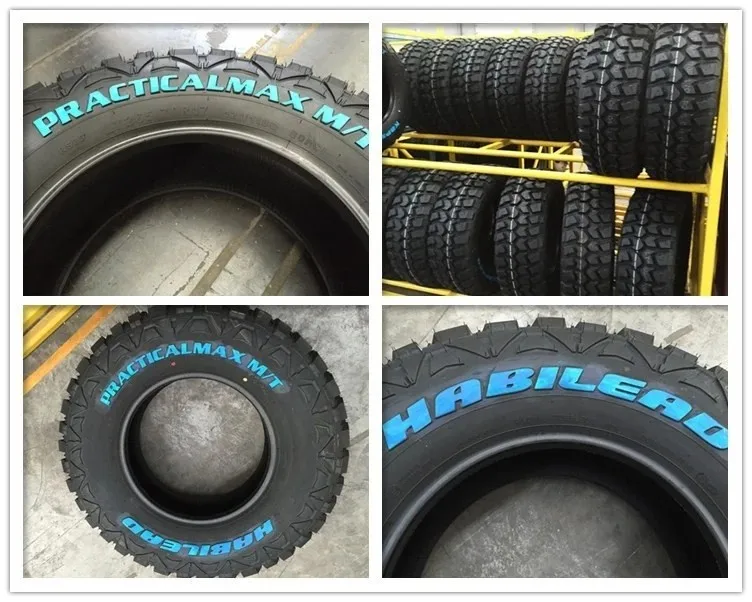 1 1 | 8.1 | 4 | 7 | |
| 215/35-17 | 22.9 | 8.5 | 3 | 7.0-8.5 | |
| 215/40-17 | 23.8 | 8.5 | 3.4 | 7.0-8.5 | |
| 215/45-17 | 24.7 | 8.5 | 3.8 | 7.0-8.0 | |
| 225/35-17 | 23.2 | 8.9 | 3.1 | 7.5-9.0 | |
| 225/40-17 | 24.1 | 8.9 | 3.5 | 7.5-9.0 | |
| 225/45-17 | 25 | 8.9 | 4 | 7.0-8.5 | |
| 225/50-17 | 25.9 | 8.9 | 4.4 | 6.0-8.0 | |
| 235/40-17 | 24.4 | 9.3 | 3.7 | 8.0-9.5 | NT05,NT01 |
| 235/45-17 | 25.3 | 9.3 | 4.2 | 7.5-9.0 | NT555, INVO |
| 235/50-17 | 26.3 | 9.3 | 4.6 | 6.5-8.5 | |
| 245/35-17 | 23.8 | 9. 6
6 | 3.4 | 8.0-9.5 | |
| 245/40-17 | 24.7 | 9.6 | 3.9 | 8.0-9.5 | INVO |
| 245/45-17 | 25.7 | 9.6 | 4.3 | 7.5-9.0 | INVO, NT01 |
| 245/50-17 | 26.7 | 9.6 | 4.9 | 7.0-8.5 | |
| 255/40-17 | 25 | 10 | 4 | 8.5-10.0 | NT05,NT555,NT01 |
| 255/45-17 | 26 | 10 | 4.5 | 8.0-9.5 | |
| 265/40-17 | 25.3 | 10.4 | 4.2 | 9.0-10.0 | |
| 275/40-17 | 25.7 | 10.8 | 4.4 | 9.0-11.0 | |
| 275/50-17 | 27.8 | 10.8 | 5.4 | 7.5-9.5 | |
| 285/40-17 | 26 | 11.2 | 4.5 | 9.5-11.0 | NT555 |
| 315/35-17 | 25.7 | 12.4 | 4.3 | 11.0-12.0 | NT05,NT555,NT01 |
| 18″ | Overall Diameter | Overall (section) Width | Sidewall Height | Approx Rim Widths | |
| 205/40-18 | 24.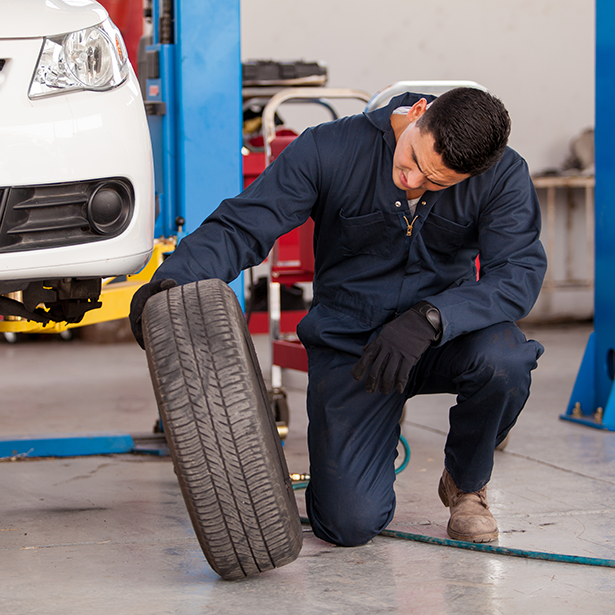 5 5 | 8.1 | 3.2 | 7.0-8.0 | |
| 215/35-18 | 23.9 | 8.5 | 3 | 7.0-8.5 | |
| 215/40-18 | 24.8 | 8.5 | 3.4 | 7.0-8.5 | |
| 215/45-18 | 25.6 | 8.5 | 3.8 | 7.0-8.0 | |
| 225/35-18 | 24.2 | 8.9 | 3.1 | 7.5-9.0 | |
| 225/40-18 | 25.1 | 8.9 | 3.6 | 7.5-9.0 | NT05,NT555,NT01 |
| 225/45-18 | 26 | 8.9 | 4 | 7.0-8.5 | NT555, INVO |
| 235/35-18 | 24.5 | 9.3 | 3.2 | 9.0-9.5 | |
| 235/40-18 | 25.4 | 9.3 | 3.7 | 8.0-9.5 | NT05, NT555, NT01 |
| 235/45-18 | 26.3 | 9.3 | 4.2 | 7.5-9.0 | |
| 245/35-18 | 24.8 | 9.6 | 3.4 | 8.0-9.5 | |
| 245/40-18 | 25. 7 7 | 9.6 | 3.9 | 8.0-9.5 | NT05,NT555,INVO,NT01 |
| 245/45-18 | 26.7 | 9.6 | 4.4 | 7.5-9.0 | NT555, INVO |
| 245/50-18 | 27.6 | 9.6 | 4.8 | 7.0-8.5 | |
| 255/35-18 | 25 | 10 | 3.5 | 8.5-10.0 | NT05, NT555 |
| 255/40-18 | 26 | 10 | 4 | 8.5-10.0 | |
| 255/45-18 | 27 | 10 | 4.5 | 8.0-9.5 | |
| 265/35-18 | 25.3 | 10.4 | 3.7 | 9.0-10.0 | NT05, NT555, INVO |
| 265/40-18 | 26.3 | 10.4 | 4.2 | 9.0-10.0 | |
| 275/35-18 | 26.7 | 10.8 | 3.8 | 9.0-11.0 | NT555, INVO,NT01 |
| 275/45-18 | 26.7 | 10.8 | 4.9 | 8.5-10.5 | |
| 285/35-18 | 25.9 | 11.2 | 3.9 | 9. 5-11.0 5-11.0 | NT05, NT555 |
| 295/35-18 | 26.1 | 11.6 | 4.1 | 10.0-12.0 | NT05. INVO |
| 315/30-18 | 25.4 | 12.4 | 3.7 | 11.0-12.0 | NT05,NT01 |
| 335/30-18 | 25.9 | 13.2 | 4 | 12.0-13.0 | |
| 345/30-18 | 26.1 | 13.6 | 4.1 | 12.0-14.0 | |
| 19″ | Overall Diameter | Overall (section) Width | Sidewall Height | Approx Rim Widths | |
| 225/40-19 | 26.1 | 8.9 | 3.5 | 7.0-9.0 | NT05, INVO |
| 235/35-19 | 25.5 | 9.3 | 3.2 | 8.0-9.5 | NT05, NT555,NT01 |
| 235/40-19 | 26.4 | 9.3 | 3.7 | 8.0-9.5 | |
| 245/35-19 | 25.8 | 9.6 | 3.4 | 8.0-9.5 | NT05, NT555, INVO |
| 245/40-19 | 26. 7 7 | 9.6 | 3.9 | 8.0-9.5 | NT05, INVO |
| 245/45-19 | 27.7 | 9.6 | 4.3 | 7.5-9.0 | |
| 255/30-19 | 25 | 10 | 3 | 8.5-9.5 | INVO |
| 255/35-19 | 26 | 10 | 3.5 | 8.5-10.0 | INVO |
| 255/40-19 | 27 | 10 | 4 | 8.5-10.0 | NT05, INVO |
| 265/35-19 | 26.3 | 10.4 | 3.7 | 9.0-10.5 | |
| 275/35-19 | 26.6 | 10.8 | 3.8 | 9.0-11.0 | INVO |
| 275/40-19 | 27.7 | 10.8 | 4.3 | 9.0-11.0 | |
| 285/30-19 | 25.7 | 11.2 | 3.4 | 9.5-10.5 | INVO |
| 285/35-19 | 26.9 | 11.2 | 3.9 | 9.5-11.0 | INVO |
| 285/40-19 | 28 | 11.2 | 4.5 | 9.5-11.0 | |
| 295/35-19 | 27. 1 1 | 11.6 | 4.1 | 10.0-12.0 | INVO |
| 305/30-19 | 26.2 | 12 | 3.6 | 10.5-11.5 | NT05,NT01 |
| 305/35-19 | 27.4 | 12 | 4.2 | 10.5-11.5 | |
| 315/40-19 | 28.9 | 12.4 | 5 | 11.0-12.0 | INVO |
| 325/30-19 | 26.7 | 12.8 | 3.8 | 12.0-13.0 | INVO |
| 345/30-19 | 27.1 | 13.6 | 4.1 | 12.0-14.0 | INVO |
| 345/35-19 | 28.5 | 13.6 | 4.8 | 11.0-13.5 | |
| 20″ | Overall Diameter | Overall (section) Width | Sidewall Height | Approx Rim Widths | |
| 225/35-20 | 26.2 | 8.9 | 3.1 | 7.5-9.0 | NT555 |
| 235/30-20 | 25.6 | 9.3 | 2.8 | 8.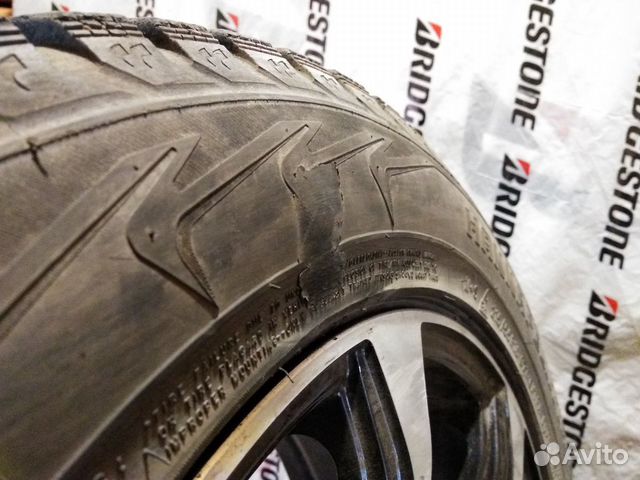 5 5 | INVO |
| 235/35-20 | 26.5 | 9.3 | 3.2 | 8.0-9.5 | |
| 235/45-20 | 28.3 | 9.3 | 4.2 | 7.5-9.0 | |
| 235/55-20 | 30.2 | 9.3 | 5.1 | 6.5-8.5 | |
| 245/30-20 | 25.8 | 9.6 | 2.9 | 8.0-9.0 | NT555, INVO |
| 245/35-20 | 26.8 | 9.6 | 3.4 | 8.0-9.5 | NT555, INVO |
| 245/40-20 | 27.7 | 9.6 | 3.9 | 8.0-9.5 | NT555, INVO |
| 245/45-20 | 28.7 | 9.6 | 4.3 | 7.5-9.0 | INVO |
| 245/50-20 | 29.6 | 9.6 | 4.8 | 7.0-8.5 | |
| 255/30-20 | 26 | 10 | 3 | 8.5-9.5 | INVO |
| 255/35-20 | 27 | 10 | 3.5 | 8.5-10 | NT05, NT555, INVO |
| 255/40-20 | 28 | 10 | 4 | 8.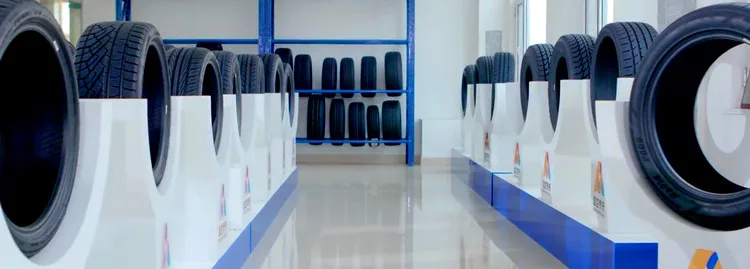 5-10 5-10 | NT01 |
| 255/45-20 | 29 | 10 | 4.5 | 8.0-9.5 | NT05, INVO |
| 255/50-20 | 30 | 10 | 5 | 7.0-9.0 | |
| 255/55-20 | 31 | 10 | 5.5 | 7.0-9.0 | |
| 265/30-20 | 26.3 | 10.4 | 3.1 | 9.0-10.0 | |
| 265/35-20 | 27.3 | 10.4 | 3.7 | 9-10.5 | NT555 |
| 265/40-20 | 28.3 | 10.4 | 4.2 | 9.0-10.5 | |
| 265/45-20 | 29.4 | 10.4 | 4.7 | 8.5-10.0 | |
| 275/30-20 | 26.5 | 10.8 | 3.2 | 9.0-10.0 | NT555, INVO |
| 275/35-20 | 27.6 | 10.8 | 3.9 | 9.0-11.0 | NT05, NT555, INVO |
| 275/40-20 | 28.7 | 10.8 | 4.3 | 9.0-11.0 | INVO |
| 275/45-20 | 29.7 | 10. 8 8 | 4.9 | 8.5-10.0 | |
| 285/30-20 | 26.7 | 11.2 | 3.4 | 9.5-10.5 | NT555, INVO |
| 285/35-20 | 27.9 | 11.2 | 3.9 | 9.5-11.0 | NT01 |
| 285/40-20 | 29 | 11.2 | 4.5 | 9.5-11.0 | |
| 285/45-20 | 30.1 | 11.2 | 5 | 9.0-10.5 | |
| 295/30-20 | 27 | 11.6 | 3.5 | 10.0-11.0 | |
| 295/35-20 | 28.1 | 11.6 | 4.1 | 10.0-11.5 | INVO |
| 295/40-20 | 29.3 | 11.6 | 4.6 | 10.0-12.0 | |
| 295/45-20 | 30.5 | 11.6 | 5.2 | 9.5-11.0 | |
| 295/50-20 | 31.6 | 11.6 | 5.8 | 8.0-10.5 | |
| 305/35-20 | 28.4 | 12 | 4.2 | 10.0-12.0 | |
| 305/40-20 | 29.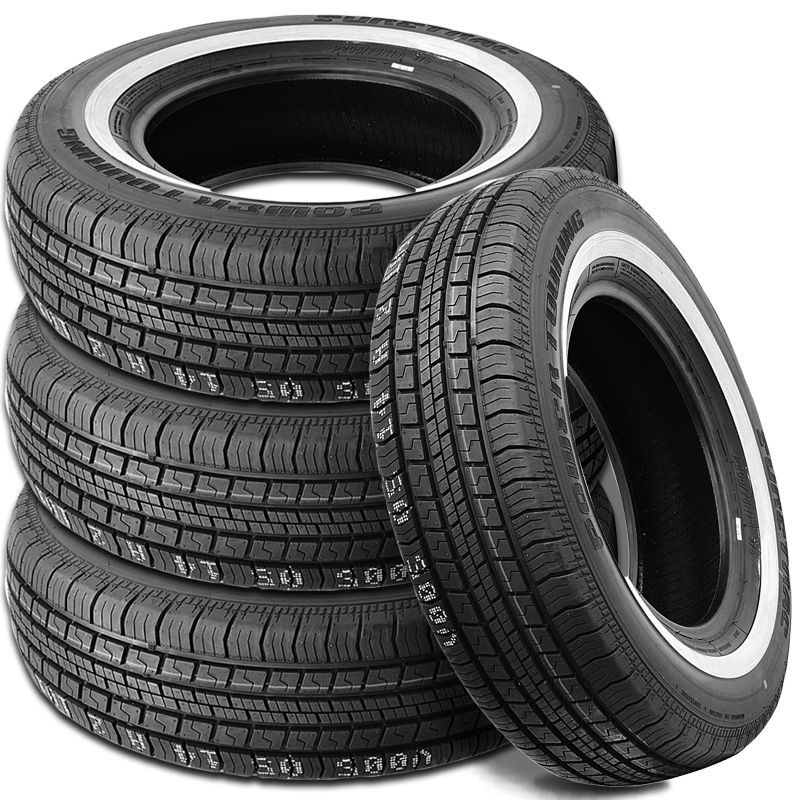 6 6 | 12 | 4.8 | 10.0-12.0 | |
| 315/35-20 | 28.7 | 12.4 | 4.3 | 10.5-12.5 | NT05, INVO |
| 335/25-20 | 26.6 | 13.2 | 4 | 12.0-13.00 | |
| 335/30-20 | 27.9 | 13.2 | 4 | 11.5-12.5 | |
| 345/25-20 | 26.8 | 13.6 | 3.4 | 12.0-13.0 | INVO |
| LT TRUCK | Overall Diameter | Overall (section) Width | Sidewall Height | Approx Rim Widths | |
| 265/60-20 | 32.5 | 10.4 | 6.3 | 7.5-9.5 | TERRA |
| 275/60-20 | 33 | 10.8 | 6.5 | 7.5-9.5 | TERRA |
| 285/55-60 | 32.3 | 11.2 | 6.2 | 8.0-10.0 | TERRA |
| 285/60-20 | 33.5 | 11.2 | 6.7 | 8.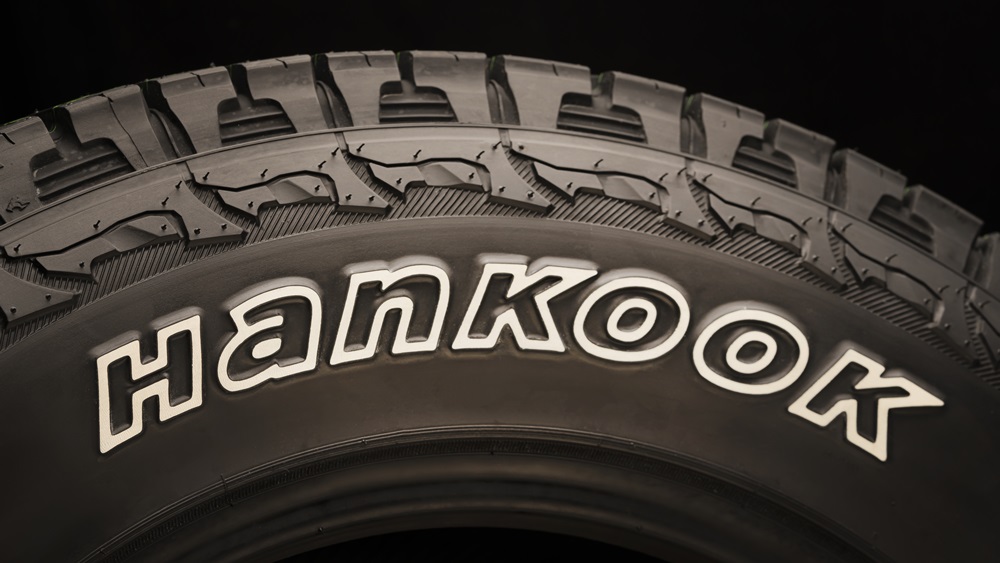 0-10.0 0-10.0 | |
| 305/55-20 | 33.2 | 12 | 6.6 | 8.5-11.0 | TERRA |
| 22″ | Overall Diameter | Overall (section) Width | Sidewall Height | Approx Rim Widths | |
| 235/30-22 | 27.6 | 9.3 | 2.8 | 8.5 | |
| 245/30-22 | 27.8 | 9.6 | 2.9 | 8.0-9.0 | NT555, INVO |
| 255/30-22 | 28 | 10 | 3 | 8.0-8.5 | NT555, INVO |
| 255/35-22 | 29 | 10 | 3.5 | 8.5-10 | INVO |
| 265/30-22 | 28.3 | 10.4 | 3.1 | 9.0-10.0 | INVO |
| 265/35-22 | 29.3 | 10.4 | 3.7 | 9.0-10.5 | 420S |
| 265/40-22 | 30.3 | 10.4 | 4.2 | 9.0-10.5 | 420S, NT555 |
| 265/45-22 | 31. | 10.4 | 4.7 | 8.5-10.0 | |
| 275/30-22 | 28.5 | 10.8 | 3.2 | 9.0-10.0 | INVO |
| 275/40-22 | 30.7 | 10.8 | 4.3 | 9.0-11.0 | 420S |
| 275/45-22 | 31.7 | 10.8 | 4.9 | 8.5-10.0 | 420S |
| 285/30-22 | 28.7 | 11.2 | 3.4 | 9.5-10.5 | INVO |
| 285/35-22 | 29.9 | 11.2 | 3.9 | 9.5-11.0 | 420S, NT555 |
| 285/40-22 | 31 | 11.2 | 4.5 | 9.5-11.0 | 420S |
| 285/45-22 | 32.1 | 11.2 | 5 | 9.0-11.0 | |
| 295/30-22 | 29 | 11.6 | 3.5 | 10.0-11.0 | |
| 295/45-22 | 32.5 | 11.6 | 5.2 | 9.5-11.0 | |
| 305/35-22 | 30.4 | 12 | 4.2 | 10.5-11.5 | |
| 305/40-22 | 31. | 12 | 4.8 | 10.0-12.0 | |
| 305/45-22 | 32.8 | 12 | 5.4 | 9.0-1.0 | |
| 315/25-22 | 28.2 | 12.4 | 3.1 | 11.0-12.0 | |
| 335/25-22 | 28.5 | 10.8 | 3.2 | 11.5-12.5 | |
| 335/30-22 | 28.7 | 13.7 | 3.3 | 12.0-13.0 |
Whether you go for 215 or 225 tires, rest assured that each of these categories will serve its intended purpose. But what’s the meaning of these numbers? What’s their significance in determining tire performance? Find your answers in the following explanation and get a clear picture of what you need to make your ride a comfortable one.
We will also discuss the following:
The search for a new set of tires for your car can be a daunting task and an overwhelming experience, especially when you don’t have any idea of what you are looking for.
You may know the model and brand for a particular set of tires but fail to understand the different sizes that fit your vehicle. If this sounds anything like you, then you need first-hand information regarding the different tire sizes on the market today.
We start by helping you understand the essence of 215 vs 225 metric sizes to help you make sound decisions when purchasing new tires. Keep in mind that every tire comes in a set of three measurements to define its size.
For instance, a tire expressed as 215/45R17 is defined as follows:
From the explanation above, you may have realized that the tire width is expressed in metric (millimeters) while the wheel rim size is given in imperial measurements ( inches.)
By comparison, the 215 tires have a smaller width than the 225 tires. This difference plays an important role when deciding which tires go on the front and back. Vehicles such as rear-wheel-drive sports cars come fully loaded with tires that have a narrower width fitted at the front than their back.
The difference in their sizes also means that their overall diameters will differ. The rear tires will have larger wheel diameters than the front ones.
Having wide back tires enhances traction; they also provide more power. As a result, they can cause a phenomenon known as wheel spin.
These tires can be cumbersome; they tend to follow ridges and grooves while on the road, creating a condition known as ‘tramlining”, meaning they will require additional steering effort to keep them turning due to their increased rolling/turning resistance. In the process, they reduce suspension performance.
On the other hand, wider tires (225) at the front will need bigger wheel wells to accommodate their turning ability. But anything beyond a certain width will reduce grip on the road when turning.
While it’s a good idea to place narrower tires at the front of your car and wider ones at the rear, it’s pointless to install wider tires on one side of your vehicle. Doing so will create changes in weight balance.
It will also cause one side of your vehicle to experience a different grip from the other when braking and will interfere with your car’s cornering.
Don’t be surprised to find some vehicles with wheels of varying diameters. A perfect example can be found in most agricultural vehicles, such as tractors. Their rear tires have a larger diameter compared to the smaller diameter in their front wheels.
Another example is smaller rigid trucks. Unlike agricultural tractors, smaller rigid trucks have rear wheels with smaller diameters. A similar scenario is common in lowboy trailers; their wheels are relatively small to make lowering the deck to the ground easy and quick.
Based on this explanation, you are likely to find 215 tires changing roles with 225 tires on different vehicle types because the 215 tires have smaller diameters than the 225 models.
The aspect ratio of a tire is often referred to as the series or profile of a tire. It’s usually determined by dividing the section height of the tire by the section width.
The 215 will likely have a higher aspect ratio than the 225 due to differences in their widths. This slight change in the ratio will affect the tire’s performance on the road.
In most cases, tires with lower aspect ratios respond to lateral forces more effectively than those tires with higher aspect ratios, so 225 tires will effectively respond to lateral force better than the 215 tires. This is because the aspect ratio of any tire’s sidewall affects steering stability.
The lower the tire’s sidewall or the shorter the tire’s aspect ratio, the faster it will take to transmit the input (steering) from the wheel to the tread; this will lead to quick steering response.
Also, the aspect ratio has a positive effect on the tire’s tread contact patch; this means that low-profile tires are likely to produce or deliver a wider tread contact patch. As a result, the wider tread contact patch develops a stiffer footprint, decreasing distortion while providing improved cornering traction.
The tire’s sidewall aspect ratio also plays a critical role in impacting your ride; this is evident from low-profile tires such as the 225 instead of the 215 tires. The lower profile in tires creates a stiffer ride than what you will experience in tires with a standard sidewall aspect ratio of more than 75.
In this regard, you will enjoy a quicker steering response. You will also witness improved cornering traction and a stiffer ride in 225 tires than in 215 tires based on their respective aspect ratios.
So, the 215 tires have a narrower width than the 225 tires; this brings us to the question, do wider tires provide more grip? The most obvious answer is yes. The wider the tires, the more contact they create with the road surface, right?
When the tire becomes wider, its footprint changes drastically. The footprint will get wider but also shorter, which alters its load capacity to enhance more grip on the surface.
The 215 tires will provide less grip than the 225 tires due to their different widths. With an increased grip on the road surface, the 225 tires will achieve greater levels of shorter braking distances while increasing traction, especially on wet surfaces.
Featuring multiple biting edges, Goodyear-Assurance All-Season Radial Tire 215/55R17 94 offers you great traction in all conditions. This means that the tire can still perform excellently on wet, dry, icy, or snowy surfaces without any problems.
The tire comes fully-equipped with wide tread grooves to increase grip and traction. The tread grooves also help remove slush and water from the tire when riding on wet ground. This feature makes 215/55R17 94 tires more efficient and economical when it comes to fuel consumption.
Its optimized tread pattern not only adds beauty to this tire model but also reduces noise on the road to give you a more peaceful ride. Plus, the tire’s larger, solid shoulder blocks provide you with confidence when driving on wet road surfaces.
home
Articles
* These tables are for informational purposes only and are not intended as a guide to action. For specific applicability of non-standard discs, please contact the vehicle manufacturer or vehicle dealer. We do not test wheel interchangeability and cannot make recommendations.
| Landing width of the disc | Minimum tire width | Optimum tire width | Maximum tire width |
|---|---|---|---|
| 5.0 inches | 155 mm | 165 or 175 mm | 185 mm |
| 5.5 inches | 165 mm | 175 or 185 mm | 195 mm |
| 6.0 inches | 175 mm | 185 or 195 mm | 205 mm |
| 6.5 inches | 185 mm | 195 or 205 mm | 215 mm |
| 7.0 inches | 195 mm | 205 or 215 mm | 225 mm |
| 7.5 inches | 205 mm | 215 or 225 mm | 235 mm |
| 8. | 215 mm | 225 or 235 mm | 245 mm |
| 8.5 inches | 225 mm | 235 or 245 mm | 255 mm |
| 9.0 inches | 235 mm | 245 or 255 mm | 265 mm |
| 9.5 inches | 245 mm | 255 or 265 mm | 275 mm |
| 10.0 inches | 255 mm | 265 or 275 mm | 285 mm |
| 10.5 inches | 265 mm | 275 or 285 mm | 295 mm |
| 11.0 inches | 275 mm | 285 or 295 mm | 305 mm |
| 11.5 inches | 285 mm | 295 or 305 mm | 315 mm |
| 12.0 inches | 295 mm | 305 or 315 mm | 325 mm |
| 12.5 inches | 305 mm | 315 or 325 mm | 335 mm |
| Profile | Designation in metric dimension | Permissible range of landing width of the disk |
|---|---|---|
| 35 Series | 275/35R17 | 9. |
| 335/35R17 | 11.0-13.0 | |
| 345/35R15 | 11.0-13.5 | |
| 40 Series | 285/40R15 | 11.0-13.5 |
| 215/40R15 | 7.0-8.5 | |
| 245/40R17 | 8.0-9.5 | |
| 255/40R17 | 8.5-10.0 | |
| 265/40R17 | 8.5-10.0 | |
| 235/40R18 | 8.0-9.5 | |
| 45 Series | 195/45/R15 | 6.5-7.5 |
| 215/45R15 | 7.0-8.5 | |
| 255/45R15 | 8.5-10.0 | |
| 205/45R16 | 7.0 | |
| 225/45R16 | 7.5-9.0 | |
| 245/45R16 | 8.0-9.5 | |
| 215/45R17 | 7.0-8.5 | |
| 235/45R17 | 8. | |
| 255/45R17 | 8.5-10.5 | |
| 50 Series | 175/50R13 | 5.0-6.0 |
| 195/50R14 | 5.5-7.0 | |
| 205/50R15 | 5.5-7.5 | |
| 215/50R15 | 6.0-7.5 | |
| 225/50R15 | 6.0-8.0 | |
| 195/50R16 | 5.5-7.0 | |
| 205/50R16 | 5.5-7.5 | |
| 225/50R16 | 6.0-8.0 | |
| 235/50R16 | 6.5-8.5 | |
| 215/50R17 | 6.5-7.5 | |
| 55 Series | 205/55R14 | 5.5-7.5 |
| 185/55R15 | 6.0-6.5 | |
| 195/55R15 | 5.5-7.0 | |
| 205/55R15 | 5.5-7.5 | |
| 205/55R16 | 5. | |
| 225/55R16 | 6.0-8.0 | |
| 60 Series | 185/60R13 | 5.0-6.5 |
| 205/60R13 | 5.5-7.5 | |
| 185/60R14 | 5.0-6.5 | |
| 195/60R14 | 5.5-7.0 | |
| 205/60R14 | 5.5-7.5 | |
| 195/60R15 | 5.5-7.0 | |
| 205/60R15 | 5.5-7.5 | |
| 215/60R15 | 6.0-7.5 | |
| 225/60R15 | 6.0-8.0 | |
| 235/60R15 | 6.5-8.5 | |
| 65 Series | 185/65R15 | 5.0-6.5 |
| 195/65R15 | 5.5-7.0 | |
| 205/65R15 | 5.5-7.5 | |
| 215/65R15 | 6.0-7.5 | |
| 70 Series | 165/70R10 | 4. |
| 175/70R12 | 5.0-6.0 | |
| 175/70R13 | 5.0-6.0 | |
| 205/45R16 | 7.0 | |
| 185/70R13 | 5.0-6.5 | |
| 185/70R14 | 5.0-6.5 | |
| 195/70R15 | 5.5-7.0 | |
| 205/70R14 | 5.5-7.5 | |
| 185/70R15 | 5.0-6.5 | |
| 205/70R15 | 5.5-7.5 | |
| 215/70R15 | 6.0-7.5 | |
| 82 Series | 155R12 | 4.0-5.0 |
| 155R13 | 4.0-5.5 | |
| 165R13 | 4.0-5.5 | |
| 175R14 | 4.5-6.0 | |
| 185R14 | 4.5-6.0 | |
| 165R15 | 4.0-5.5 | |
| Profile | Designation in metric dimension | Permissible range of landing width of the disk |
|---|---|---|
| 75 Series | P205/75R15 | 5. |
| P215/75R15 | 5.5-7.5 | |
| P225/75R15 | 6.0-8.0 | |
| P235/75R15 | 6.0-8.0 | |
| 80 Series | P155/80R13 | 4.5-5.5 |
| P165/80R13 | 4.5-6.0 | |
| P175/80R13 | 4.5-6.0 | |
| P185/80R13 | 5.0-6.5 | |
| 35 Series | P315/35R17 | 10.0-12.0 |
| 40 Series | P275/40R17 | 8.5-10.0 |
| 50 Series | P215/50R13 | 5.5-8.5 |
| P235/50R13 | 6.0-9.0 | |
| P245/50R14 | 6.5-9.0 | |
| P225/50R15 | 6.0-8.0 | |
| P295/50R15 | 7.5-11.0 | |
| P225/50R16 | 6. | |
| P245/50R16 | 6.5-9.5 | |
Return to list
Valery Leonidov
June 16, 2019 18:12
It is not always easy for a motorist, who is faced with the replacement of rubber, to choose tires for his car. It's one thing if he knows what to buy, where to look and the product is in stock. Another - if there are no tires you need, you have to look for a replacement. How to do it?
First, you can use the tire calculator. This is the easiest option. Secondly, you can figure out by what principle rubber is selected in order to understand the mechanics themselves. This is the most viable option. Using the example of R16 215 55 tires, let's consider what other size they can be changed to.
These tires are in demand on many cars: new (Geely Emgrand, Opel Zafira, Chevrolet Cruze) and older (Mercedes Benz E-class 1993-2001, Peugeot 406 and others). The information will be relevant for the owners of these cars.
There are two parameters to consider when looking for a replacement. This is the outer diameter of the wheel and the width of the tire. They can be obtained from the marking R16 215 55:
We got the width, we consider the outer diameter. It will be equal to the diameter of the disc plus twice the height of the tire: 406.4 + 2 x 118.25 = 642.9 mm.
How can I tell if a different rubber can be used? It is necessary to calculate the same parameters for a new tire and compare them with the dimensions for R16 215 55. If the difference between the widths is up to 10 mm, and between the wheel diameters up to 7–0 mm, everything is fine, you can use a new tire.
For example, let's take R17 225 55 rubber and try to compare whether it can be used instead of R16 215 55. Let's calculate all the parameters mentioned above:
For old tire width 215 mm, wheel diameter 642.9 mm. For the new one - respectively 225 mm and 679.3 mm. Width difference is 10mm, normal. The difference in diameters is 36.4 mm. This is a lot, it is better not to put such rubber instead of "native".
The second wheel is higher than the first. It can touch body parts. But this is not the most important thing. Such a wheel will "deceive" the speedometer.